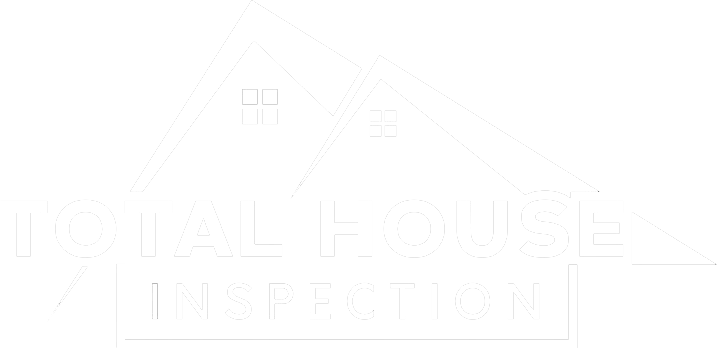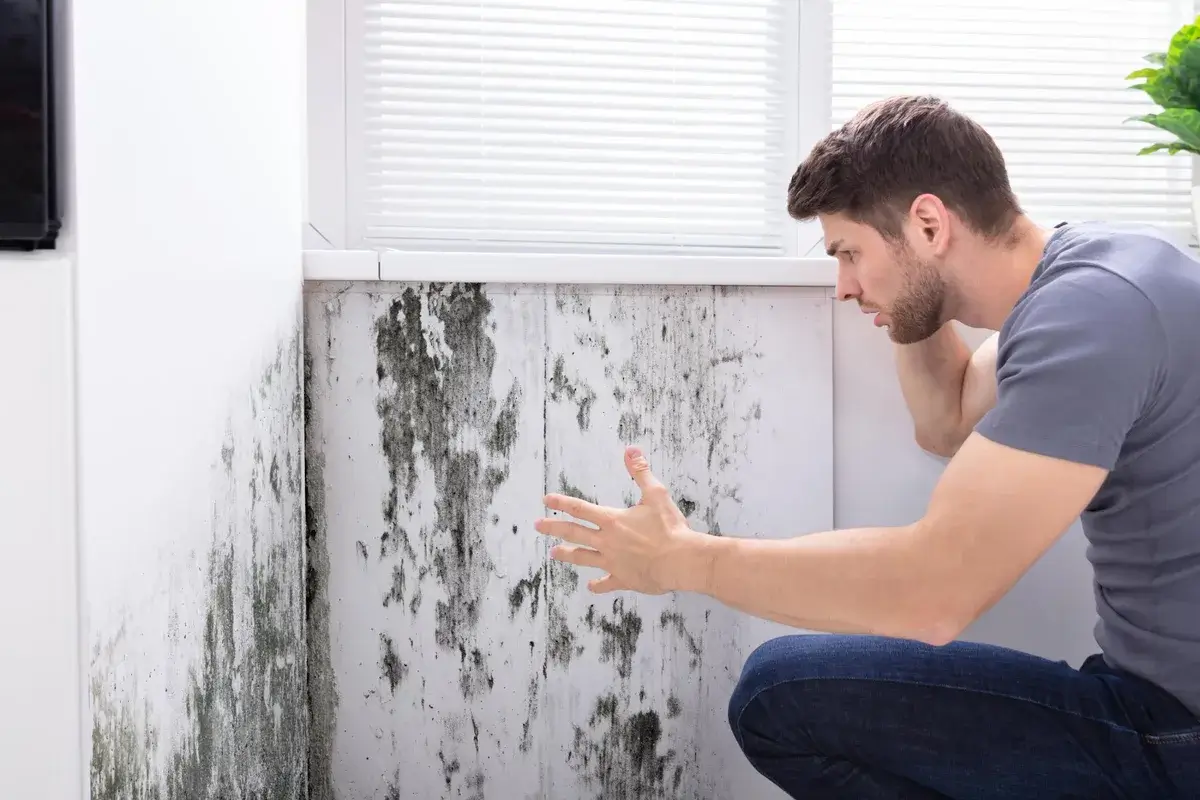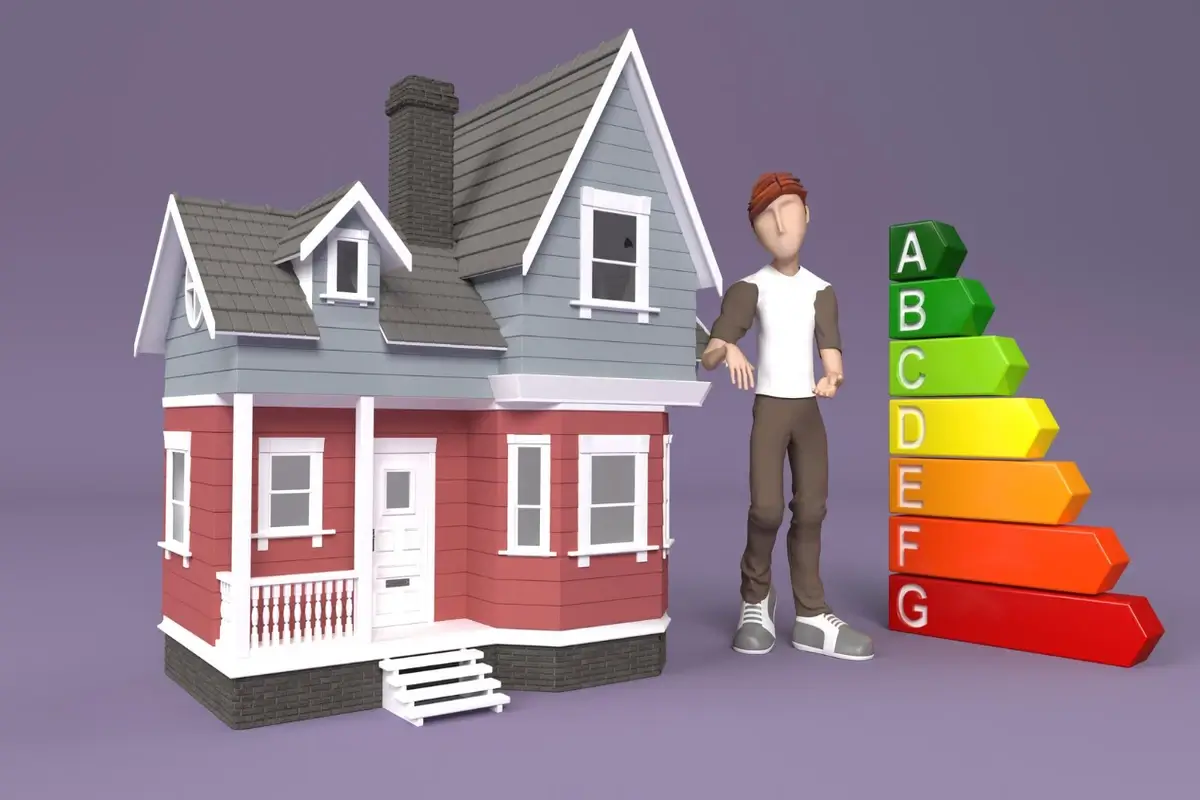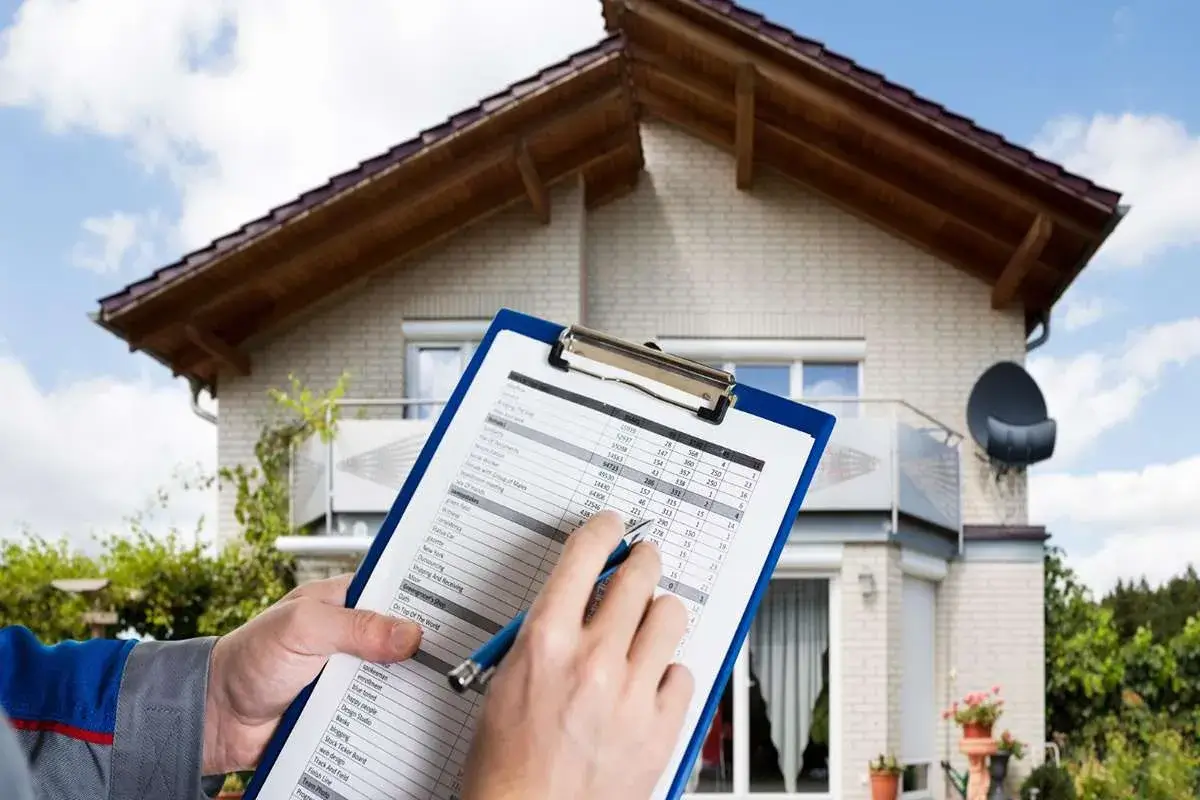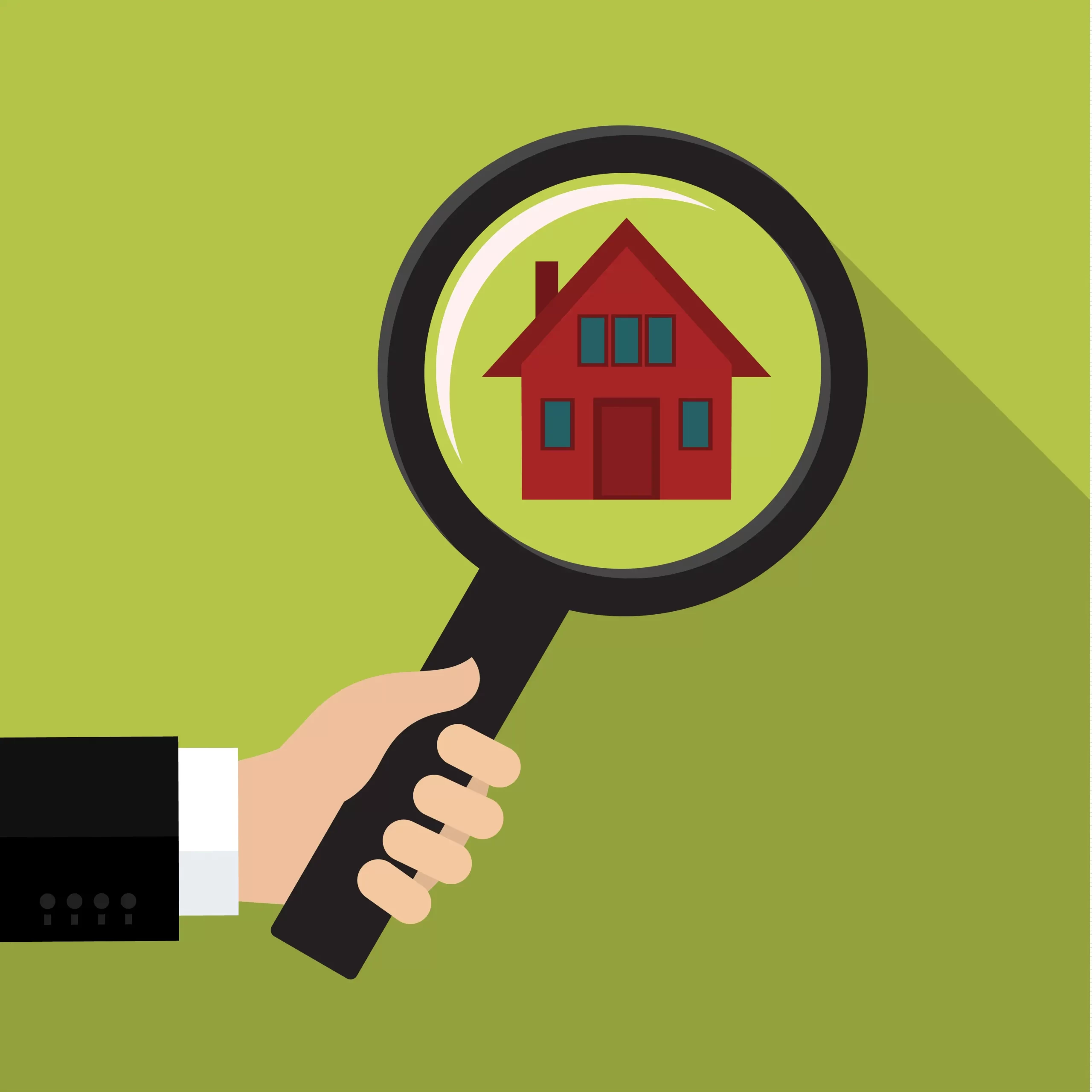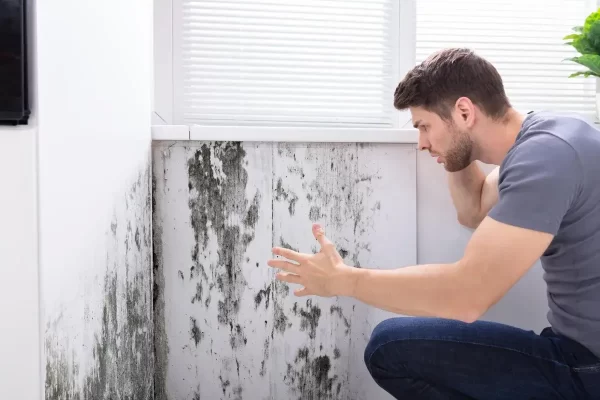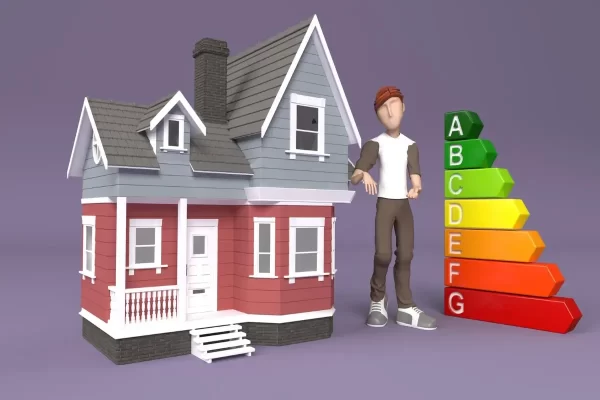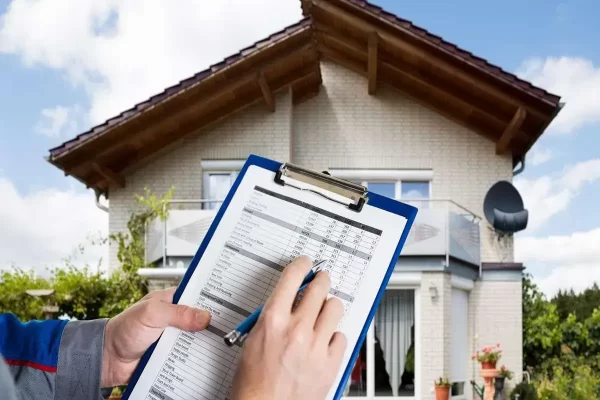When used properly, a home inspection checklist assures that a particular piece of equipment has undergone a home inspection in Michigan. The inspector confirms that each piece of equipment is in good working condition as they cross each item off the checklist.
A checklist must be tailored to the type of equipment being inspected to be effective, and every part required for reliable operation must be examined.
Home inspection checklists are expected to be thorough but also easily understood, with elements in a logical sequence corresponding to how each type of equipment would be inspected. They should be simple to use or won’t likely be used. Here is a home inspection checklist for the State of Michigan that you may want/need to follow.
Plumbing Check
The plumbing in a home is unquestionably the first thing you should inspect. Moving into a home with leaks, clogged toilets, or a possible flood waiting to happen is not a good idea.
Bring a flashlight when you come and carefully check the water heater, toilets, showers, and all other fixtures for leaks from outside. Remember to look under sinks for damp or moist areas close to pipes or drains.
If the plumbing needs any repairs after this initial inspection, determine if you can do it yourself or if you can negotiate a lower price with the seller based on the cost of the repairs.
It is best to look for a nicer, better-plumbed home if the issue is too hard for you to handle or too expensive to fix.
Electrical Check
Make sure that each outlet and light switch works properly by turning them on and off. Check the outlets to make sure they are functioning correctly. Additionally, make certain the switch plates are clean and damage-free. Any broken switch could be a simple problem, like a faulty bulb or an electrical wiring issue. It would be best if you didn’t tinker with that without seeking professional advice.
Roofing Check
Another factor you want to pay particular attention to is the roofing. Check that no loose pieces or water are leaking through the ceilings. Even though it may not seem a significant concern, a missing tile can cause water to leak into the home during a heavy rainstorm. Mold cannot grow without moisture; therefore, signs of decay indicate a leak somewhere out of sight.
Basement, Windows, Door Check
One of the things that people frequently overlook is this. Check the functioning of each door and window by opening and closing them. Look for any broken glass, locks on the doors and windows, and even see if the window has a screen.
Don’t forget to visit the basement as well! Even while it may appear to be another room in the house filled with clutter, it serves as important storage space or is a crucial safety component. Check the walls and floors for cracks to ensure water cannot seep through and cause internal puddles. Additionally, ensure the area is dry; wet basements might result in accidents.
Insulation Check
Your house should be adequately insulated and weatherproofed so that it can be protected house from moisture and vermin that can enter your home through tiny cracks and holes. A home with inadequate insulation will result in excessive heating costs, uncomfortable interior temperatures, and other problems. The attic should be checked first.
Heat Pump and Cooling System Check
You need to install a dependable heating system if you live somewhere cold. That is necessary. In connection with the previous section, a faulty furnace will result in excessive energy costs, making even the most affordable homes absurdly expensive to maintain. That is why it’s essential to ensure everything functions (heating systems, air conditioners, boilers, and radiators) before buying a new house. Check that each vent supplies enough heat to each room in your home.
What Can Be Excluded From A Home Inspection?
Even though the best home inspection Michigan procedure is comprehensive, certain elements are left out. These exclusions exist because inspectors priorities examining the house itself over components that can be considered an add-on to a property. Internet access, sprinklers, and landscaping are a few examples. Fortunately, you can usually check these things during a walkthrough.
Depending on the property or inspector, a few more areas might not be included in a home inspection. These could include carpeted flooring, snow-covered roofs, the fireplace or chimney, or even bugs. Asking the inspector, moving carpet or snow, or even hiring a different pest control specialist to evaluate the home may be the best way to ensure these areas meet your criteria before purchasing a home. While these extra duties may appear burdensome during the home-buying process, they are yet another approach to safeguarding yourself.
Where To Find A Home Inspector?
Finding a home inspector is typically as easy as speaking with your real estate agent. Usually, they will have a coworker prepared to take on the task. In the unlikely event that they don’t, you can locate a house inspector by contacting other trustworthy local homeowners. Always check to see if the inspector’s office has a state license, a bond, and insurance. This will ensure that, should any problems ever develop, you can rely on the individual you are working with to find solutions.
To be sure they are hiring an in-depth inspector, many homeowners also like to look at online reviews or past inspection reports. Before opting to work with someone, don’t be hesitant to ask these questions. This stage is crucial to the property purchase process, as was already indicated. When safeguarding your finances, you don’t want to let anxiety win.
Are you still confused about where to find the best home inspectors that ensure the best and most thorough home inspection services? You don’t have to look further anymore as Total House Inspection offers the best home inspection services, which translate a complete picture of your home to let you make more straightforward decisions later.
